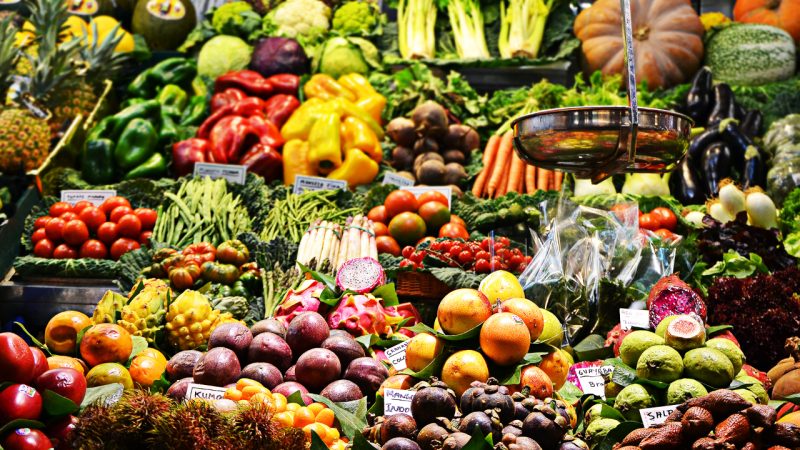Food in Kiwi supermarkets is the most expensive it’s been in decades, with the prices of some products in particular rising astronomically over the past 12 months
Stats NZ’s Food Price Index keeps track of the percentage rise in food items year over year. Prices in June 2023 are 15.5% higher than in June 2022, with fruit and vegetables seeing a massive 22% increase.
Most of the individual food items that have seen massive price increases are fruit or vegetables.
Kūmara is the most expensive compared to 12 months ago. This time last year a kg of sweet potato was $4.11, whereas now it’s $11.18. That’s a 172% price increase.
Stuff reports that this steep difference is due to the extreme weather New Zealand has experienced in the same time period, “which caused farmers to throw out destroyed crops” and thus a shortage of kūmara.
Tomatoes are next, having seen a 93.6% increase in price. Right now they cost around $15.14 a kilo, compared to the $7.82 a kilo they cost in June 2022. Less available labour, poor weather, and an increase in the price of fertiliser have contributed to tomatoes being more expensive.
Everyone knows that eggs are far more expensive than they used to be. The stats have them as having the third-highest price increase. In June 2022 a dozen eggs cost $5.18, but now they’ve increased by 67.25% to $8.58.
This is due to caged/battery farming being banned, as well as grain (which chickens eat) increasing in price. One egg expert told Stuff Kiwis can expect to see eggs back at a normal price in October or November.
The next three foods that have increased in price the most are pumpkin (from $3.34 a kilo to $5.15, a 50.14% increase), avocado (from $9.39 a kilo to $13.67, a 45.57% increase), and dried apricots (from $2.32 per 100 grams to $3.25, a 40.08% increase).
Earlier this year, supermarket suppliers came out and said consumers are getting the short end of the stick when it comes to grocery prices, and you can see that clearly with these prices.



